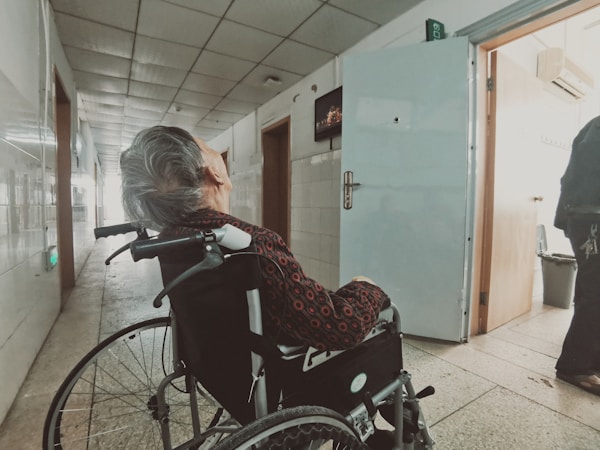Patient safety is of the utmost importance in any healthcare setting. Hospitals, in particular, are responsible for the care and well-being of countless patients and should make patient safety their top priority. However, due to the complexity of hospital operations, several patient safety concerns need to be addressed. Below is a look at the importance of patient safety in healthcare:
Medication Errors

Medication errors are a serious concern in hospitals and can result in serious harm or death if not caught and corrected. To reduce the risk of medication errors, hospitals must ensure that their staff is adequately trained, that protocols are in place to ensure accuracy in medication orders, and that there is clear communication between healthcare providers.
Additionally, the use of technology such as electronic health records and barcode medication administration can help reduce errors by allowing healthcare providers to quickly and accurately verify medications before administering them. Finally, having a system in place for reporting and tracking errors can help healthcare providers learn from their mistakes and improve their practice.
Infection Control
When it comes to patient safety, infection control is an essential component of any healthcare facility. Infection control is a set of processes and protocols employed by healthcare staff to prevent, reduce, and control the spread of infectious diseases and other harmful microorganisms. It is the responsibility of healthcare professionals to ensure that infection control practices are followed to protect patients and staff from the potential of acquiring a healthcare-associated infection (HAI).
Adverse Events
Adverse events in hospitals are especially concerning, as they can have serious implications for patient safety and care, and can even lead to death. Adverse events are defined as unintended and negative outcomes of medical care that impair the patient’s health, including physical harm, psychological harm, or death. Unfortunately, they are not uncommon and can occur in any healthcare setting.
Falls and Other Injuries

Falls are one of the most common and serious patient safety concerns in hospitals. Falls can lead to traumatic injuries, hospital-acquired infections, and even death. The most common cause of falls in hospitals is due to a patient’s physical condition. Patients may be weak, unsteady, or confused, making them more likely to fall.
Other causes of falls in hospitals include slippery floors, inadequate lighting, and other environmental hazards. To prevent falls in hospitals, hospitals must take a proactive approach. This includes assessing each patient’s risk of falling, providing appropriate fall prevention equipment, and training staff on how to manage falls.
Diagnostic Errors
Diagnostic errors are a leading cause of harm to patients, causing delays in treatment, incorrect treatments, and even death. Diagnostic errors are often caused by a lack of communication between patients and healthcare providers, inadequate communication between healthcare providers, and a lack of access to medical records. Additionally, healthcare providers may not be familiar with the latest medical advances, may have insufficient training, or may not be up to date on the latest medical literature.
These are just some of the top patient safety concerns in hospitals. To ensure patient safety, hospitals should have in place systems for identifying and addressing potential risks. This includes a thorough system for double-checking medications, protocols for hand hygiene, proper sterilization of equipment, and the proper disposal of waste.
Additionally, hospitals should have in place systems for identifying and addressing potential risks before they occur, as well as systems for reporting and tracking incidents. This is not only important for patient care, but also for increasing the safety of medical staff, visitors, and other personnel who may come into contact with the hospital environment.
By taking these steps, hospitals can ensure that the safety of their patients is their top priority.





